What is Agile: Understanding Agile Methodology and Principles

Agile has become a buzzword in the world of project management and software development. It’s not just a methodology; it’s a mindset that has revolutionized the way teams work and deliver results. In this article, we’ll dive into the fundamentals of Agile, exploring what it is, its core principles, how it’s applied in various industries, popular Agile methodologies, and its benefits and challenges.
What is Agile?
Agile is a Collaborative and Iterative Approach
Agile is a collaborative and iterative approach to project management and software development. Its primary goal is to deliver value to the customer quickly and efficiently, while also adapting to changing requirements. Unlike traditional methods that follow rigid, linear processes, Agile embraces flexibility and customer feedback as its core tenets.
The Agile Manifesto
Guiding Values and Principles
At the heart of Agile lies the Agile Manifesto, a set of guiding values and principles that underpin the Agile approach. These values emphasize:
- Individuals and Interactions over Processes and Tools: Agile recognizes that people are the driving force behind projects. Effective communication and collaboration among team members are paramount. Agile encourages open dialogue and teamwork.
- Working Software over Comprehensive Documentation: Agile prioritizes tangible results over extensive paperwork. It values functional software that meets customer needs. While documentation is important, Agile suggests focusing on what’s necessary and avoiding excessive bureaucracy.
- Customer Collaboration over Contract Negotiation: Agile encourages constant engagement with customers to ensure that the project aligns with their evolving requirements. Customer feedback is sought and incorporated regularly to improve the product.
- Responding to Change over Following a Plan: Agile acknowledges that change is inevitable in the dynamic world of software development. It welcomes alterations to the project scope and direction as new information emerges. Flexibility and adaptability are key.
Agile Methodologies
Various Approaches to Agile Implementation
While Agile is a broad concept, several methodologies have emerged to implement Agile principles in practice. Each methodology brings its unique set of practices and frameworks. Here are some of the most well-known Agile methodologies:
- Scrum: Scrum is a highly structured Agile framework with defined roles (Product Owner, Scrum Master, Development Team), ceremonies (Sprint Planning, Daily Standup, Sprint Review), and artifacts (Product Backlog, Sprint Backlog). It emphasizes time-boxed iterations called Sprints.
- Kanban: Kanban is all about visualizing work on a Kanban board and optimizing the flow of tasks. It helps teams manage work in progress and prioritize tasks based on capacity and demand. Kanban is often used in support and maintenance contexts.
- Extreme Programming (XP): XP focuses on engineering practices such as test-driven development (TDD), continuous integration, and pair programming. It aims to deliver high-quality software rapidly.
- Lean: Lean principles, often used in manufacturing, emphasize reducing waste and delivering value efficiently. Lean practices are applied in Agile to streamline processes and eliminate non-value-added activities.
Benefits of Agile
Advantages of an Agile Approach
Why has Agile gained such widespread adoption? Because it offers numerous advantages:
- Faster Time-to-Market: Agile’s iterative approach ensures that functional features are delivered quickly, allowing businesses to respond rapidly to market changes and stay ahead of the competition.
- Enhanced Customer Satisfaction: Continuous customer involvement means that the end product aligns more closely with their needs and expectations. Agile keeps customers engaged throughout the development process.
- Improved Quality: Agile’s focus on testing and quality assurance throughout the development process results in higher-quality software. Bugs and issues are identified and addressed early.
- Better Risk Management: Agile’s flexibility allows teams to adapt to unforeseen challenges and minimize project risks. Teams can pivot quickly in response to changing circumstances.
Challenges of Agile
Considerations When Implementing Agile
While Agile has many benefits, it also presents certain challenges:
- Resource Allocation: Agile teams require dedicated team members who can fully commit to the project. This can be challenging in resource-constrained environments where team members have multiple responsibilities.
- Documentation: The Agile Manifesto values working software over documentation, but some projects may still require adequate documentation for compliance, regulatory reasons, or future reference. Balancing documentation needs with Agile principles can be a challenge.
- Change Management: Transitioning to Agile can be disruptive, requiring a cultural shift within organizations. Resistance to change can be a significant obstacle that needs to be addressed.
Conclusion
In summary, Agile is more than just a project management methodology; it’s a mindset that values collaboration, adaptability, and customer-centricity. By embracing Agile principles and choosing the right Agile methodology for your project, you can streamline development processes, deliver higher-quality results, and stay responsive to changing customer needs. Agile has transformed industries, and understanding its core principles is essential for anyone working in project management or software development.
As you embark on your Agile journey, keep in mind that it’s not just a set of rules to follow but a mindset that fosters innovation and continuous improvement. Embrace the Agile Manifesto’s values and principles, and you’ll be well on your way to reaping the benefits of Agile in your projects and organizations.

Leave a Reply